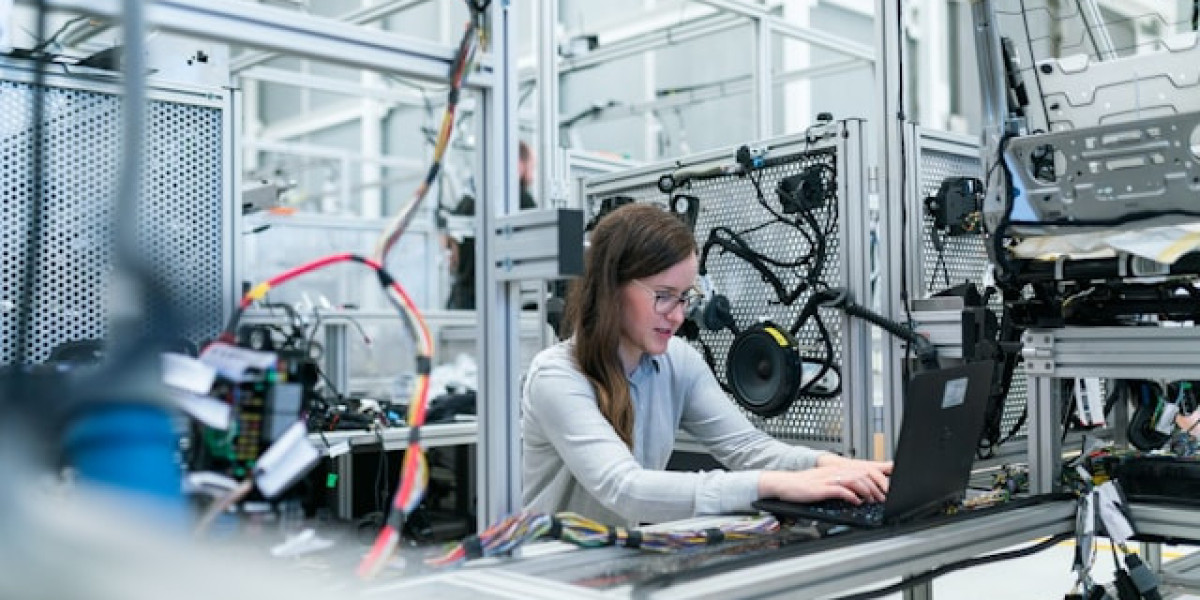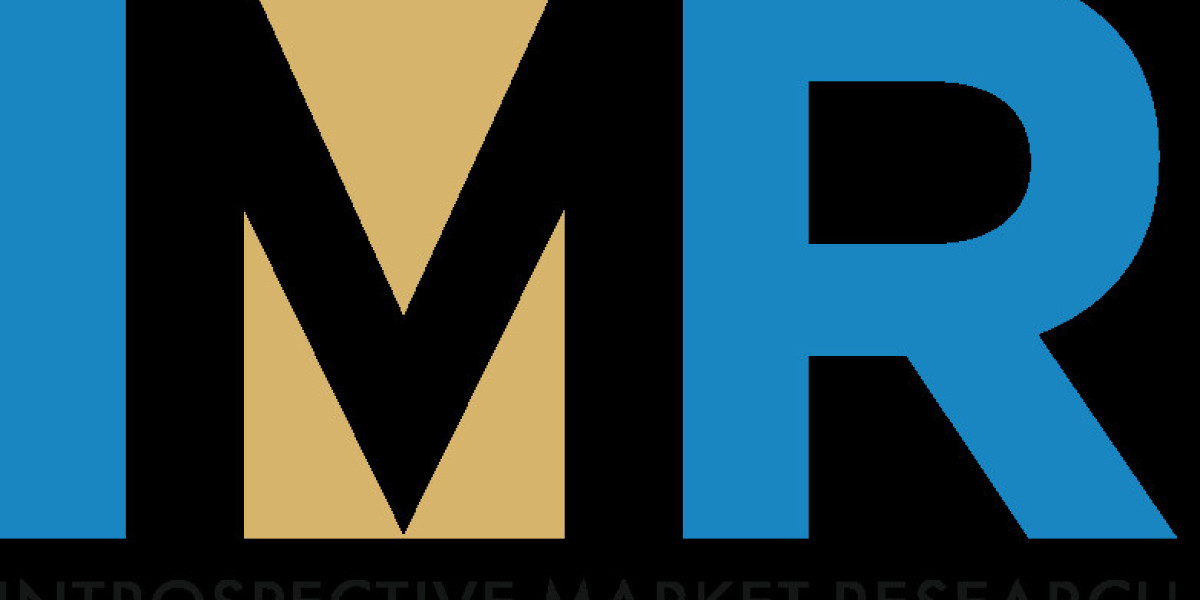The field of neurology is undergoing a significant transformation, driven by advancements in artificial intelligence (AI) and technology. As we look to the future, AI-powered neurology technology promises to enhance diagnostic accuracy, improve treatment options, and ultimately lead to better patient outcomes. This article explores the potential future of AI in neurology, the role of platforms like neuromatch, and the implications for healthcare providers and patients alike.
The Current Landscape of Neurology Technology
Before delving into the future, it’s essential to understand the current landscape of neuromatch. Today, neurologists utilize a variety of tools and software to assist in diagnosing and treating neurological disorders. These include:
Imaging Technologies: MRI and CT scans provide critical insights into brain structure and function, helping to identify conditions such as tumors, strokes, and neurodegenerative diseases.
Electrophysiological Monitoring: Techniques like EEG (electroencephalography) allow for the monitoring of electrical activity in the brain, aiding in the diagnosis of epilepsy and other seizure disorders.
Patient Management Software: These systems help streamline administrative tasks, manage patient records, and facilitate communication between healthcare providers.
While these technologies have significantly improved patient care, the integration of AI is set to take neurology to the next level.
The Role of AI in Neurology Technology
AI has the potential to revolutionize neurology in several key areas:
1. Enhanced Diagnostic Accuracy
One of the most promising applications of AI in neurology is its ability to improve diagnostic accuracy. Machine learning algorithms can analyze vast amounts of data from imaging studies, patient records, and genetic information to identify patterns that may not be apparent to human clinicians.
Image Analysis: AI algorithms can assist in interpreting MRI and CT scans, detecting abnormalities with a level of precision that can surpass human capabilities. For instance, AI can help identify subtle changes in brain structure that may indicate early stages of neurodegenerative diseases.
Predictive Analytics: By analyzing patient data, AI can help predict the likelihood of developing certain neurological conditions, allowing for earlier intervention and personalized treatment plans.
2. Personalized Treatment Plans
AI can also play a crucial role in developing personalized treatment plans for patients with neurological disorders. By analyzing individual patient data, including genetic information, lifestyle factors, and treatment responses, AI can help healthcare providers tailor interventions to meet the specific needs of each patient.
Treatment Optimization: AI can analyze the effectiveness of various treatment options for specific patient profiles, helping neurologists choose the most effective therapies based on evidence and past outcomes.
Adaptive Treatment Strategies: As new data becomes available, AI systems can adjust treatment plans in real-time, ensuring that patients receive the most effective care throughout their treatment journey.
3. Improved Patient Monitoring
AI-powered neurology technology can enhance patient monitoring, allowing for more proactive management of neurological conditions.
Wearable Devices: The integration of AI with wearable technology can enable continuous monitoring of patients’ neurological status. For example, devices that track movement patterns can help detect early signs of conditions like Parkinson’s disease.
Remote Monitoring: AI can facilitate remote monitoring of patients, allowing healthcare providers to track symptoms and treatment responses without requiring frequent in-person visits. This is particularly beneficial for patients in rural or underserved areas.
4. Research and Development
AI is also poised to accelerate research and development in neurology. By analyzing large datasets from clinical trials and patient records, AI can identify trends and insights that can inform future research.
Drug Discovery: AI can streamline the drug discovery process by predicting how different compounds will interact with neurological targets, potentially leading to the development of new therapies for conditions like Alzheimer’s and multiple sclerosis.
Clinical Trials: AI can optimize the design and execution of clinical trials by identifying suitable candidates, predicting outcomes, and analyzing data more efficiently.
The Role of Neuromatch in Advancing Neurology Technology
Neuromatch is an innovative platform that connects researchers, clinicians, and patients in the field of neurology. By facilitating collaboration and knowledge sharing, neuromatch plays a significant role in advancing AI-powered neurology technology.
Collaboration Opportunities: Neuromatch enables researchers to collaborate on projects, share data, and access resources that can enhance their work in neurology. This collaborative approach can lead to faster advancements in AI applications.
Patient Engagement: By connecting patients with researchers and clinicians, neuromatch fosters a more engaged patient population. Patients who are actively involved in their care are more likely to provide valuable data that can inform research and improve treatment options.
Challenges and Considerations
While the future of AI-powered neurology technology is promising, several challenges must be addressed:
Data Privacy and Security: The use of AI in healthcare raises concerns about data privacy and security. Ensuring that patient data is protected while still allowing for effective analysis is crucial.
Integration with Existing Systems: Integrating AI solutions with existing healthcare systems can be complex. Ensuring that new technologies work seamlessly with current practices is essential for widespread adoption.
Training and Education: Healthcare providers must be adequately trained to use AI-powered tools effectively. Ongoing education and support will be necessary to ensure that clinicians can leverage these technologies to their full potential.
Conclusion
The future of AI-powered neurology technology holds great promise for improving diagnostic accuracy, personalizing treatment plans, and enhancing patient monitoring. As advancements continue to unfold, platforms like neuromatch will play a vital role in fostering collaboration and innovation in the field.
By embracing these technologies, healthcare providers can enhance their ability to diagnose and treat neurological conditions, ultimately leading to better patient outcomes. As we look ahead, it is clear that the integration of AI into neurology will not only transform the way we understand the brain but also revolutionize the care we provide to patients.
What People Also Ask
What is neurology technology?
Neurology technology refers to the tools and systems used to diagnose, treat, and manage neurological disorders. This includes imaging technologies, patient management software, and advanced diagnostic tools.
How does AI improve neurology technology?
AI improves neurology technology by enhancing diagnostic accuracy, personalizing treatment plans, improving patient monitoring, and accelerating research and development in the field.
What is neuromatch?
Neuromatch is a platform that connects researchers, clinicians, and patients in the field of neurology, facilitating collaboration and knowledge sharing to advance the understanding and treatment of neurological conditions.
What are the challenges of implementing AI in neurology?
Challenges of implementing AI in neurology technology include data privacy and security concerns, integration with existing healthcare systems, and the need for training and education for healthcare providers.
How can AI help in drug discovery for neurological conditions?
AI can streamline the drug discovery process by predicting how different compounds will interact with neurological targets, potentially leading to the development of new therapies for conditions like Alzheimer’s and multiple sclerosis.








